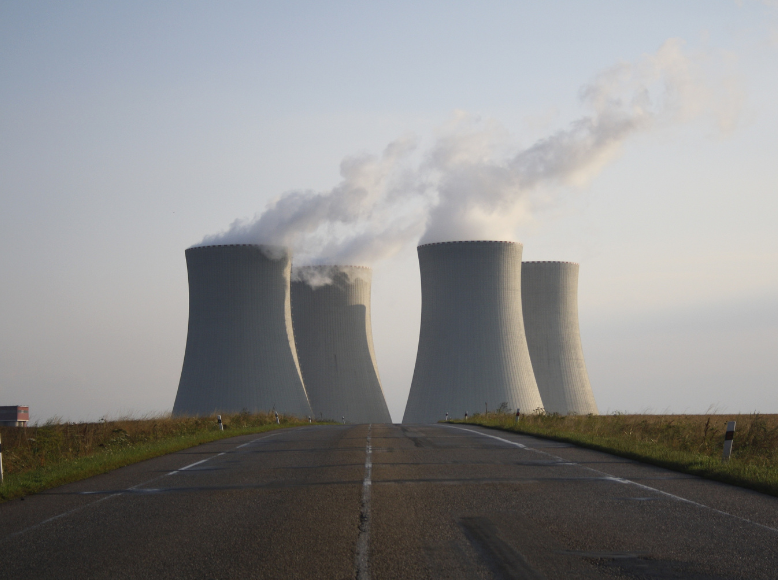By ETV News Staff Reporter
In 2019, many feared that the coal industry in Carbon and Emery counties would follow the path of the Appalachia coal country, which has experienced economic insecurity and cultural issues as a result of the decrease in coal production. Therefore, the Utah Coal Country Strike Team was formed to “diversify the economy and provide urgent public policy support.” The strike team outlined four areas of intervention:
- Workforce Training and Jobs;
- Housing Revitalization;
- Tourism Infrastructure; and
- Economic Development Incentives.
The Utah Coal Country Strike Team has been instrumental in helping the community shift its focus off of the coal industry. However, there are those in the area that believe that while this approach is well founded, there might be a better approach.
The executive summary of the Utah Coal Country Strike Team begins, “America’s well-placed desire to combat global climate change brings widespread societal benefits, but imposes concentrated costs in coal-dependent communities. These communities need to diversify their economies and retrain their workforce.” This ignores the science that with current technology, renewables cannot handle the base load in America.
In an article published in “The Hill,” Ryan Yonk, a professor at Utah State University, and Arthur Wardle of Strata, a public policy research center in Logan, Utah, explained, “Only coal, natural gas and nuclear provide constant and reliable energy to any significant portion of the United States. Notably missing from this list are solar and wind. As base-load energy sources are phased out in favor of intermittent renewables, grid reliability suffers.”
Accordingly, there is going to be a need for base load power for the foreseeable future in America. Various local community leaders, including mayors, county commissioners from both counties, Senator David Hinkins, Representative Christine Watkins, and local business owners, met in the Carbon County Commission offices on July 25 to explore some of these base load options for the area.
A follow-up meeting with those leaders and more community leaders, including the Emery School District Superintendent and representatives from the offices of Senator Mike Lee, Senator Mitt Romney, and Congressman John Curtis, met on Aug. 30 at the San Rafael Research Center outside Orangeville. One important partner at both meetings was PacifiCorp. It had multiple representatives, including Laren Huntsman, the Hunter Plant Manager; Sharon Fain, VP/Wyoming; and Chuck Tack, VP/Nuclear.
These representatives of PacifiCorp explained two projects happening in Wyoming in similar communities to combat the environmental challenges with coal. One project slated for construction in Kemmerer, WY is a Nuclear Natrium Power Plant. The other is a carbon capture project planned to be installed on a coal plant in Wyoming.
Five factors make Carbon and Emery counties good candidates for similar projects:
- Land – PacifiCorp owns a large amount of land in Carbon and Emery counties, while land in urban areas is becoming limited;
- Water – PacifiCorp owns a significant water right in Emery County, and water is a scarce resource in the west;
- Transmission Lines – There are transmission lines that could be used for other base load power sources and new lines are difficult to permit;
- Workforce – The current workforce could work in similar base load power production (there is a plan to convert the coal workforce in Kemmerer to the Natrium Plant); and
- Hunter Plant – The Hunter Plant is one of the newest coal power plants in the PacifiCorp fleet and has a longer depreciable life.
The community leaders discussed various ways to incentivize and encourage similar base load projects in Carbon and Emery counties. This included public support, infrastructure preparation and policy/regulatory rules that favor such projects. Fain explained that if a project like the Natrium Power Plant were to be constructed in the area, there would be a huge influx to the population, and utility systems and schools must be able to handle such expansion. She also explained that it would likely increase the number of jobs and increase the average wage. The area is being considered for such projects.
Emery County has an interesting tie to nuclear projects because one purpose of the San Rafael Research Center is to study the nuclear industry. The new molten salt reactors are much safer, but additional research is needed to develop such technologies. At the Aug. 30 meeting, the community leaders were allowed to tour the labs to be used for such research at the San Rafael Research Center.
The community leaders also discussed other uses for coal and plan to explore these other options through future meetings. Emery County Commissioner Lynn Sitterud explained to the group that the San Rafael Research Center was also constructed and designed to study these industries, and plans for future expansion were already in place. Some of these uses for coal include but are not limited to:
- Exportation of coal to other countries;
- Coal gasification;
- Coal to carbon fiber;
- Coal use in creation of hydrogen; and
- Clean coal burning through carbon capture.
So, the question is: Can Carbon and Emery counties continue to play a part in such energy production, or will its race to diversify the community actually exclude or prevent it from such participation? The media and the mainstream messages have convinced many in the area that Carbon and Emery counties are finished in the energy sector. This has led to discussions about declining student population, reduced tax base and lack of economic development. These discussions may be premature. Under the current transition to tourism plans, there is no answer to the declining tax base. Maybe there is a better way. Maybe the area can continue to use its advantages and history to be a player in base load energy production and future coal industries, while also diversifying to other areas. There are many in the area fighting to make this possible.

